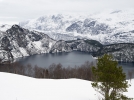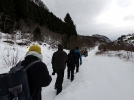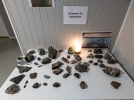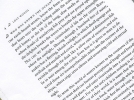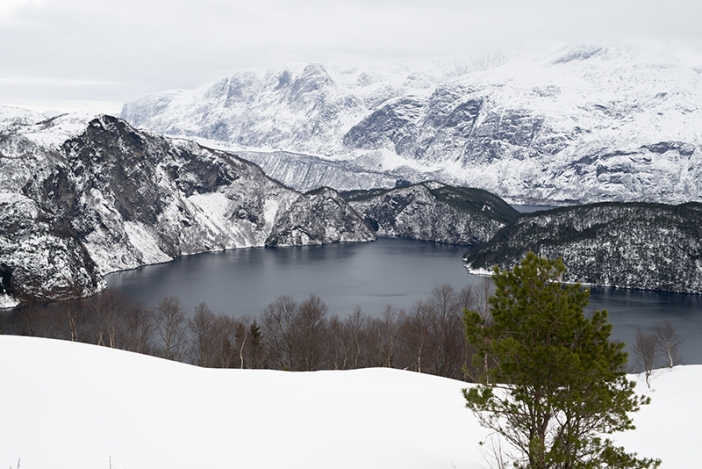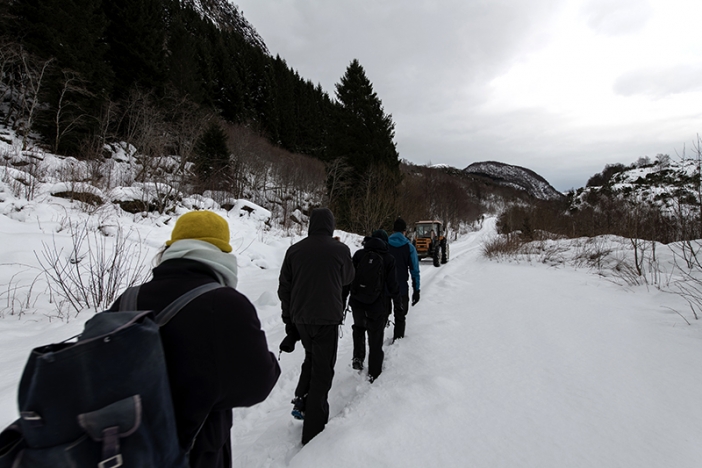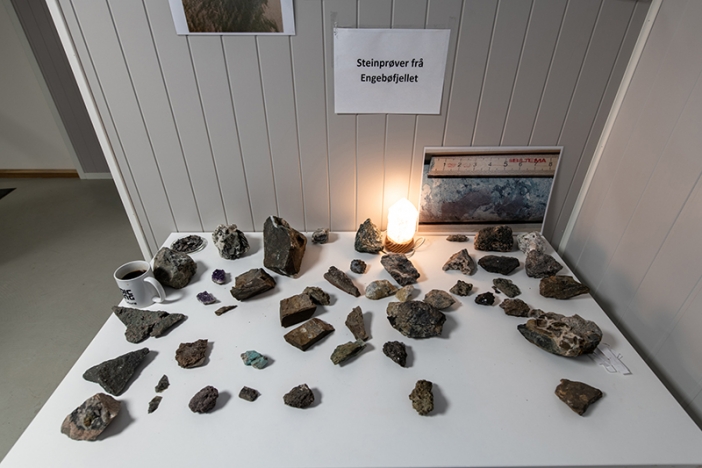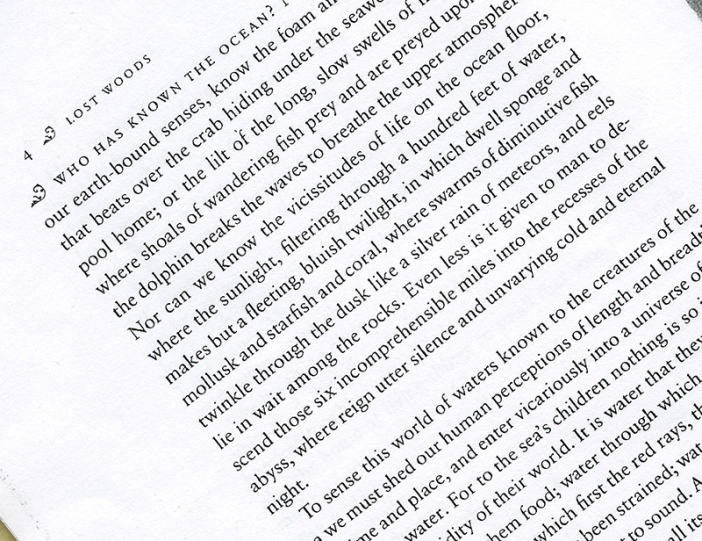In 2003 the philosopher Glenn Albrecht coined the concept Solastalgia, a combination of the latin word sōlācium (comfort) and the Greek root -algia (pain). Solastalgia describes the physic and existential distress many feel in relation to environmental change such as mining activity, drought and water pollution. A common trait among the societies exposed to such interventions is that they experience powerlessness and that security disappears. Although Albrecht emphasizes the destruction of a local environment, there are many today who can feel Solastalgia in a much larger perspective. The poles are melting, waste is being dumped in the fjords and extreme weather is causing flooding and destruction.
Solastalgia started out as a research based master course at The Art Academy at the University of Bergen. The concept was used as a vantage point to develop artistic practices in relation to landscape and the environment. On the one hand, the course focused on the psychological and emotional aspects of climate change. On the other hand, it focused on how we observe the landscape through various media. Many agree that it is important to preserve the landscape. It is, however, also important to have a critical discussion of how we observe and gain knowledge of the landscape. On what basis do we base our knowledge? How can this affect the distress?
The environmental controversy about the mining activity at Engebøfjellet on the West coast of Norway was a case study in the course. In late January 2019, we visited the mining company, Nordic Rutil in Naustdal. We also visited the local community in Vevring that might be affected by the mining operation. The group hiked to Engebøfjellet to see the place where the mining will take place. From the mountain we had a view of the 4 km2 area where the waste is to be dumped.
